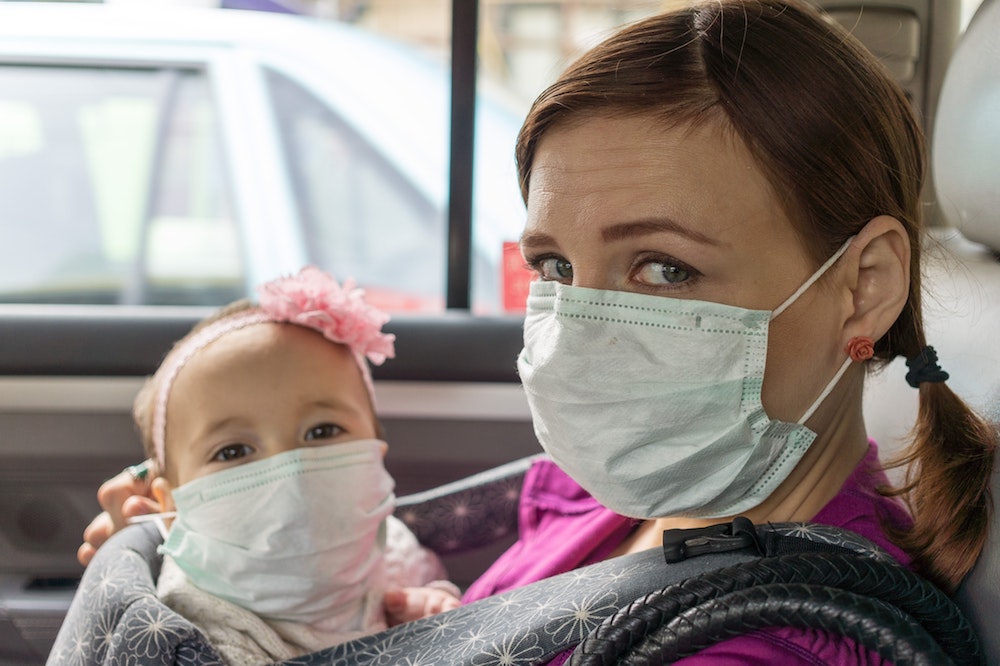
Feeling under the weather when it comes to your financial health?
Why you might be and a prescription that could help
Finances got you feeling a bit queasy? If it makes you feel better, you’re not alone. According to a recent study by PwC, worries about money cause more anxiety than all other stressors (job, relationships, health and other) combined.[1]
Here’s what people worry about most
Retirement. Almost a quarter of American adults don’t have any retirement savings or pension,[2] and women have a lot less saved than men.[3] And among those who do have savings, a scary percentage (over 40% in PwC’s 2019 Employee Financial Wellness Survey[4]) report they expect to tap into them for something other than their golden years.
Caring for aging parents, kids or both. Almost one in five respondents in the PwC survey provided financial assistance to parents or in-laws—and more than half of those also had dependent children.[5]
Student loan debt. Think only recent college grads are worrying about this? Borrowers aged 35-61 actually have the highest student loan balances.[6] And the current average debt is a whopping $35,359.[7]
Overall household debt. Debt’s been on the upswing for years. In mid-2019 it rose for the 20th consecutive quarter.[8]
Lack of emergency savings. According to Bankrate, 28% of U.S. adults don’t have emergency savings, 25% have some savings but not enough to cover three months’ living expenses and just 18% would be able to get through six months without a paycheck.[9]
Healthcare costs. More than half of US workers report they’ve skipped or postponed some kind of healthcare because of the cost.[10]
Job security. This was the top worry for Millennials and Gen Xers in the PwC survey.[11]
Now, take those worries and add in a disability or job loss. Feeling even worse?
Fortunately, there’s something that could help: insurance.
Insurance won’t take away all your financial headaches—and yes, we recognize it’s one more expense to add to the pile. But that expense could be lower than you think and the trade-off is the peace of mind of knowing you’d be able to pay your bills and keep your life on track if the unexpected happened. Look for coverage that includes disability, involuntary unemployment and salary gap—a combination that will protect you against much of what life could throw your way. The last is especially important and not that easy to find: Be sure you understand exactly what your policy covers.
Wage Protector® could be a great solution.
Its just-right mix of coverage protects your income stream against:
- Disability. Job loss due to injury/illness.
- Involuntary unemployment. Job loss because of outsourcing, natural disaster, strike or lockout, etc.
- Salary gap. Lower income, when a job loss leads to a new job. The policy activates if a new job pays at least 15% less than your previous job, for those with an employer, or 20% less, for self-employed and independent contractors.
To learn why SALARYGAP could be just the coverage you need, visit our contact us page or email bill.jolicoeur@salarygappartners.com.
Wage Protector® and SALARYGAP® are registered trademarks. The use of trademarks without the express prior written consent by SALARYGAP Partners LLC is strictly prohibited.
 Next Post
Next Post



